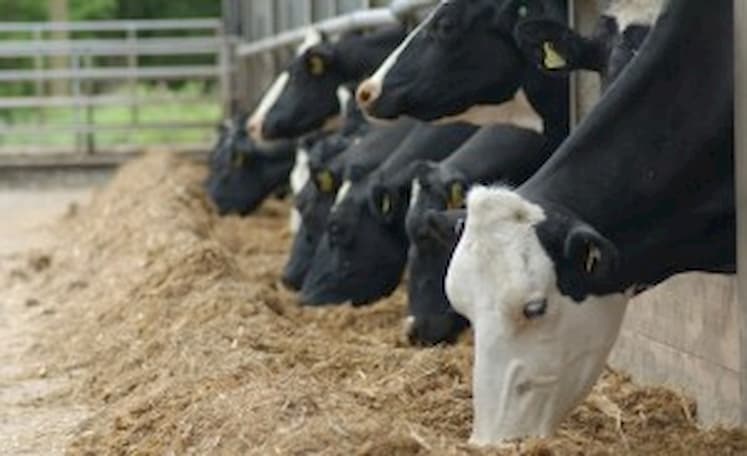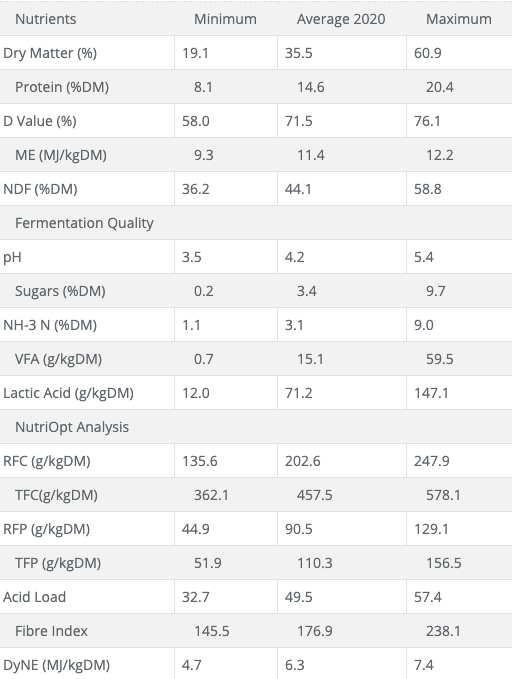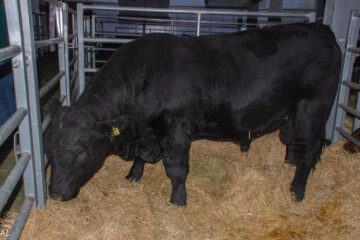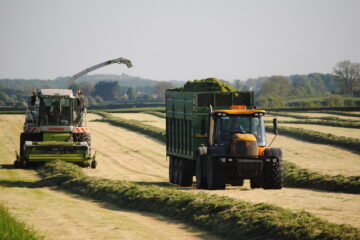With over 600 first cut grass silage samples now analysed at their laboratory in Ashbourne, Trouw Nutrition GB say early indicators are that quality is good, but as ever the key to making the most of grass silage will be regular analysis throughout the season combined with careful balancing of the diet.
Commenting on the results, ruminant technical development manager, Dr Liz Homer says that as expected there is a range in quality reflecting the disruptive winter and spring weather which impacted on cutting dates and grass growth over the winter.
“Most grass continued to grow over the winter meaning some crops contain a high proportion of older grass which will impact on quality, but overall farmers have made some good feed to act as the foundation for winter diets,” she says.

“At 35.5% dry matter, crops are at the higher end of the target range, reflecting the warm, dry weather in April and May.
“Looking at energy, ME content at 11.4MJ/kgDM is high, reflecting good levels of NDF at 44%DM. We saw an increased use of pre-cut testing this year suggesting more farmers are looking to time cutting more precisely.
“While energy content is good, the silages have a low fibre index and high acid load which means that rumen health could be an issue which needs to be managed when diets are formulated.”
She says crude protein reflects the disruptive season and the difficulties in applying fertiliser followed by a prolonged dry period and reduced nitrogen uptake. Overall crude protein is lower than usual at 14.6%.
Generally, she says silages submitted are well fermented with a pH of 4.2, moderate sugars, ammonia and VFAs. As expected with a drier crop, lactic acid is slightly lower.
“Looking at how silages may feed out, while levels of metabolisable protein are good, fermentable protein levels are low with more bypass protein. This means care will need to be taken to balance rapidly fermentable protein and carbohydrate to ensure an efficient rumen. This will influence the sources of energy and protein used to balance forage.
“When clamps are open, care will need to be taken with face management to minimise wastage and heating in the drier feeds.
“While these early results are encouraging, it is important to remember that forage is only around 50% of the total diets, that farms feed different combinations of forages and that no farm has the average silage. We know second cut has been affected by the dry weather, while the recent rain will be helpful for third cut and also maize.
“With pressure on the milk price: feed price ratio, it will be vital that all clamps on the farm are analysed regularly and that the diet is carefully balanced and routinely reviewed to ensure forage is used as efficiently as possible to help support margins,” Dr Homer emphasises.
Nutrient analysis for early first cut silages 2020 (Source TNGB)

For more updates follow us on Twitter
You can also find us on Facebook
BY: JOHN SWIRE
Article taken from http://www.farmbusiness.co.uk/news/encouraging-early-grass-silage-results.html



